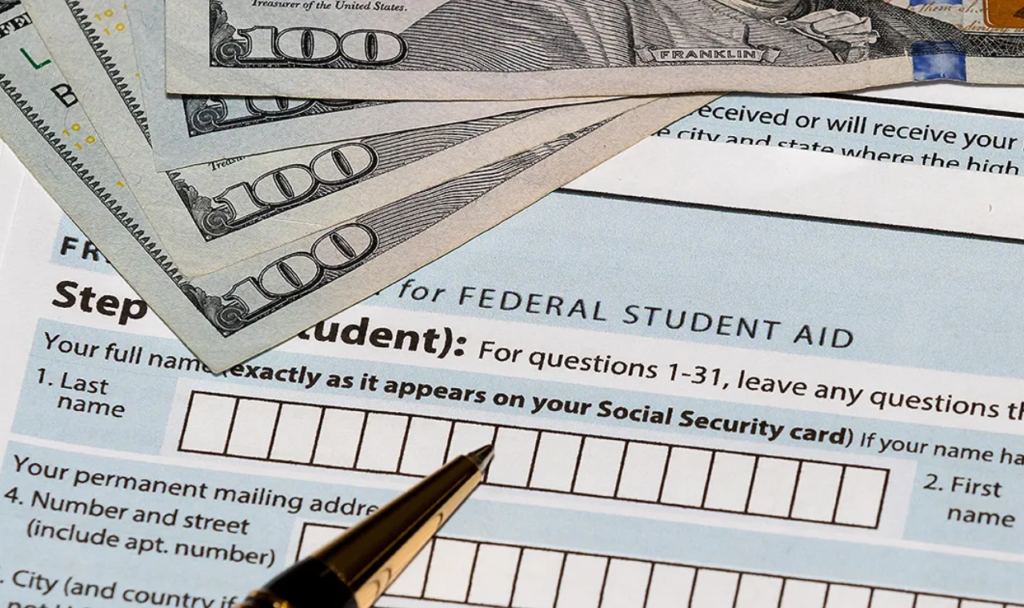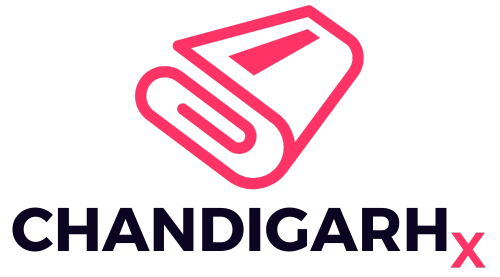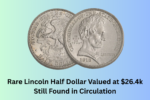Millions of student loan borrowers in the U.S. are facing new obstacles in their pursuit of lower monthly payments. A recent court ruling has partially blocked the Biden administration’s Saving on a Valuable Education (SAVE) plan, temporarily halting new applications for key income-driven repayment (IDR) programs. Although the Department of Education has since reopened applications, borrowers now face delays and uncertainty as federal agencies adjust to the ruling’s restrictions.
The legal battle over student debt relief is far from over, with lawmakers pushing for legislative solutions while advocacy groups warn of the potential financial fallout for borrowers who had been relying on the SAVE plan.
Court Ruling Halts Key Student Loan Relief Measures
The SAVE plan, introduced in 2023, was designed to help student loan borrowers reduce their monthly payments based on income. The program was particularly beneficial for low-income borrowers, offering:
- $0 monthly payments for individuals earning below 225% of the federal poverty line
- Faster loan forgiveness for those with smaller loan balances
- Protection against interest accrual, ensuring balances wouldn’t grow while making payments
However, on March 28, 2025, a federal appeals court blocked major provisions of the SAVE plan, following lawsuits from several Republican-led states. These states argued that the Biden administration overstepped its authority by implementing broad student debt relief measures without congressional approval.
As a result, the Education Department temporarily paused new applications for income-driven repayment (IDR) plans, including:
- Income-Based Repayment (IBR)
- Pay As You Earn (PAYE)
- Income-Contingent Repayment (ICR)
According to Federal Student Aid (FSA), this left millions of borrowers uncertain about their repayment options.
Applications Resume, But Borrowers Face Delays
On April 1, 2025, the Education Department reopened applications for IDR plans, including a revised version of the SAVE plan that complies with the court’s ruling. However, officials have warned that the processing of new applications may take longer than usual as they navigate compliance issues.
In a statement, the Department of Education reassured borrowers that it remains committed to helping them manage their student loan debt. Borrowers are advised to:
- Check their loan servicer’s website for updates on their repayment options
- Log in to StudentAid.gov to explore alternative plans
- Submit applications as soon as possible to avoid potential delays
Democrats Introduce New Bill to Restore Loan Relief
In response to the court ruling, congressional Democrats introduced the Savings Opportunity and Affordable Repayment (SOAR) Plan, a legislative effort to restore and expand the SAVE plan’s benefits.
Key provisions of the SOAR Plan include:
- $0 monthly payments for borrowers earning under 250% of the federal poverty level
- Faster loan forgiveness for those with small loan balances
- Expanded eligibility for all federal student loan borrowers
However, the bill faces an uphill battle in a Republican-controlled Congress, with opposition arguing that such relief programs shift the financial burden to taxpayers.
Borrower Reactions and Financial Impact
The sudden freeze on IDR plan applications left many borrowers scrambling to find alternative repayment solutions. Some expressed frustration, fearing they might have to resume higher monthly payments than expected.
A recent MarketWatch survey found that over 60% of affected borrowers had planned to enroll in SAVE or another IDR plan before the freeze. Many of these borrowers are now worried about loan delinquency or default if they can’t afford their payments.
In response, financial advisors recommend that borrowers:
- Document all communications with their loan servicer
- Monitor updates from the U.S. Department of Education
- Consider alternative repayment options, such as forbearance or deferment
Advocacy groups like the Student Borrower Protection Center (SBPC) continue to push for solutions that would permanently safeguard borrowers from sudden policy shifts.

What Borrowers Should Do Now
For those already enrolled in SAVE or another IDR plan, the Education Department has assured that their payments will not change due to the court ruling. However, new applicants may face delays or changes to eligibility requirements.
Borrowers are encouraged to:
- Log in to StudentAid.gov to check their eligibility for existing repayment options
- Contact their loan servicer to discuss alternative plans if necessary
- Stay informed by monitoring official updates from the U.S. Department of Education
As legal challenges continue, the fate of student loan relief remains uncertain. Borrowers must stay proactive in managing their repayment plans while advocacy groups and lawmakers fight for long-term solutions.
Conclusion
The recent court ruling blocking key parts of the SAVE plan has added another layer of complexity to the already difficult student loan repayment process. While applications for IDR plans have reopened, borrowers must now navigate potential delays and legal uncertainties.
The introduction of the SOAR Plan by congressional Democrats represents a potential path forward, but its chances of passing in a divided Congress remain uncertain. In the meantime, borrowers should stay informed, document their application process, and seek guidance from their loan servicer to ensure they’re making the best financial decisions.

Pankaj Kumar is a journalist at Chandigarh X, covering admit cards, recruitment, and government schemes. His articles provide readers with detailed insights into application processes, eligibility, and exam updates.
Outside of work, Pankaj enjoys traveling, fitness, and cricket, often participating in local matches on weekends.



